Country
Crash of a Beechcraft 200C Super King Air in Mount Gambier: 1 killed
Date & Time:
Dec 10, 2001 at 2336 LT
Registration:
VH-FMN
Survivors:
Yes
Schedule:
Adelaide - Mount Gambier - Adelaide
MSN:
BL-47
YOM:
1982
Crew on board:
1
Crew fatalities:
Pax on board:
1
Pax fatalities:
Other fatalities:
Total fatalities:
1
Captain / Total hours on type:
372.00
Aircraft flight hours:
10907
Circumstances:
The Raytheon Beech 200C Super King Air, registered VH-FMN, departed Adelaide at 2240 hours Central Summer Time (CSuT) under the Instrument Flight Rules for Mount Gambier, South Australia. The ambulance aircraft was being positioned from Adelaide to Mount Gambier to transport a patient from Mount Gambier to Sydney for a medical procedure, for which time constraints applied. The pilot intended to refuel the aircraft at Mount Gambier. The planned flight time to Mount Gambier was 52 minutes. On board were the pilot and one medical crewmember. The medical crewmember was seated in a rear-facing seat behind the pilot. On departure from Adelaide, the pilot climbed the aircraft to an altitude of 21,000 ft above mean sea level for the flight to Mount Gambier. At approximately 2308, the pilot requested and received from Air Traffic Services (ATS) the latest weather report for Mount Gambier aerodrome, including the altimeter sub-scale pressure reading of 1012 millibars. At approximately 2312, the pilot commenced descent to Mount Gambier. At approximately 2324, the aircraft descended through about 8,200 ft and below ATS radar coverage. At approximately 2326, the pilot made a radio transmission on the Mount Gambier Mandatory Broadcast Zone (MBZ) frequency advising that the aircraft was 26 NM north, inbound, had left 5,000 ft on descent and was estimating the Mount Gambier circuit at 2335. At about 2327, the pilot started a series of radio transmissions to activate the Mount Gambier aerodrome pilot activated lighting (PAL).2 At approximately 2329, the pilot made a radio transmission advising that the aircraft was 19 NM north and maintaining 4,000 ft. About 3 minutes later, he made another series of transmissions to activate the Mount Gambier PAL. At approximately 2333, the pilot reported to ATS that he was in the circuit at Mount Gambier and would report after landing. Witnesses located in the vicinity of the aircraft’s flight path reported that the aircraft was flying lower than normal for aircraft arriving from the northwest. At approximately 2336 (56 minutes after departure), the aircraft impacted the ground at a position 3.1 NM from the threshold of runway (RWY) 18. The pilot sustained fatal injuries and the medical crewmember sustained serious injuries, but egressed unaided.
Probable cause:
The following factors were identified:
- Dark night conditions existed in the area surrounding the approach path of the aircraft.
- For reasons which could not be ascertained, the pilot did not comply with the requirements of the published instrument approach procedures.
- The aircraft was flown at an altitude insufficient to ensure terrain clearance.
- Dark night conditions existed in the area surrounding the approach path of the aircraft.
- For reasons which could not be ascertained, the pilot did not comply with the requirements of the published instrument approach procedures.
- The aircraft was flown at an altitude insufficient to ensure terrain clearance.
Final Report:
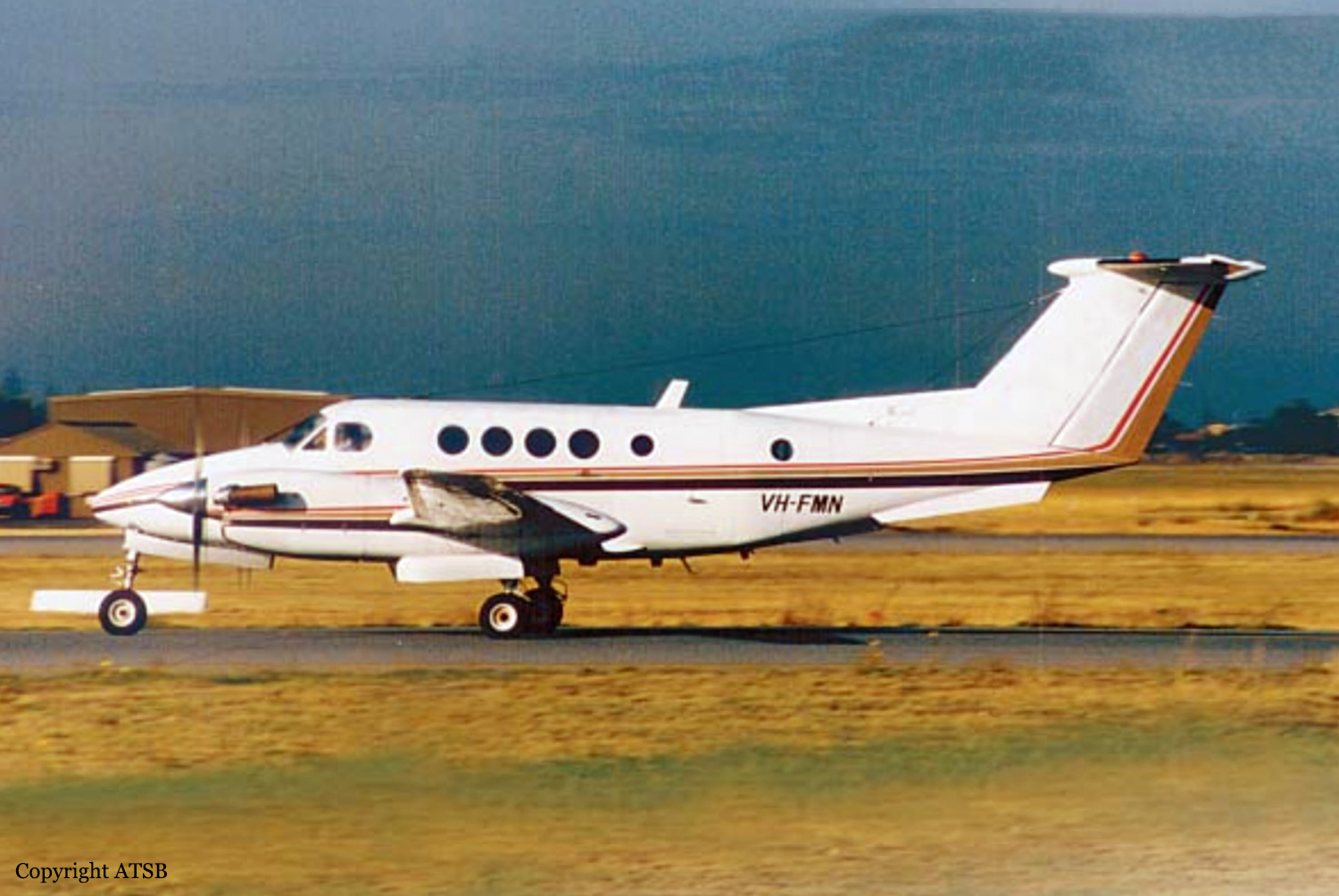
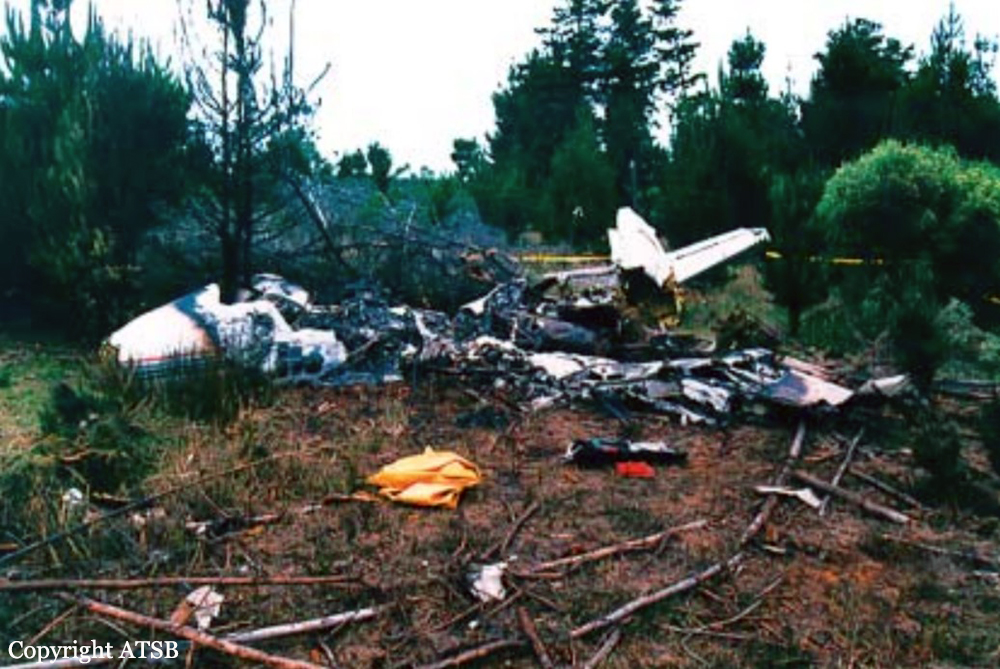
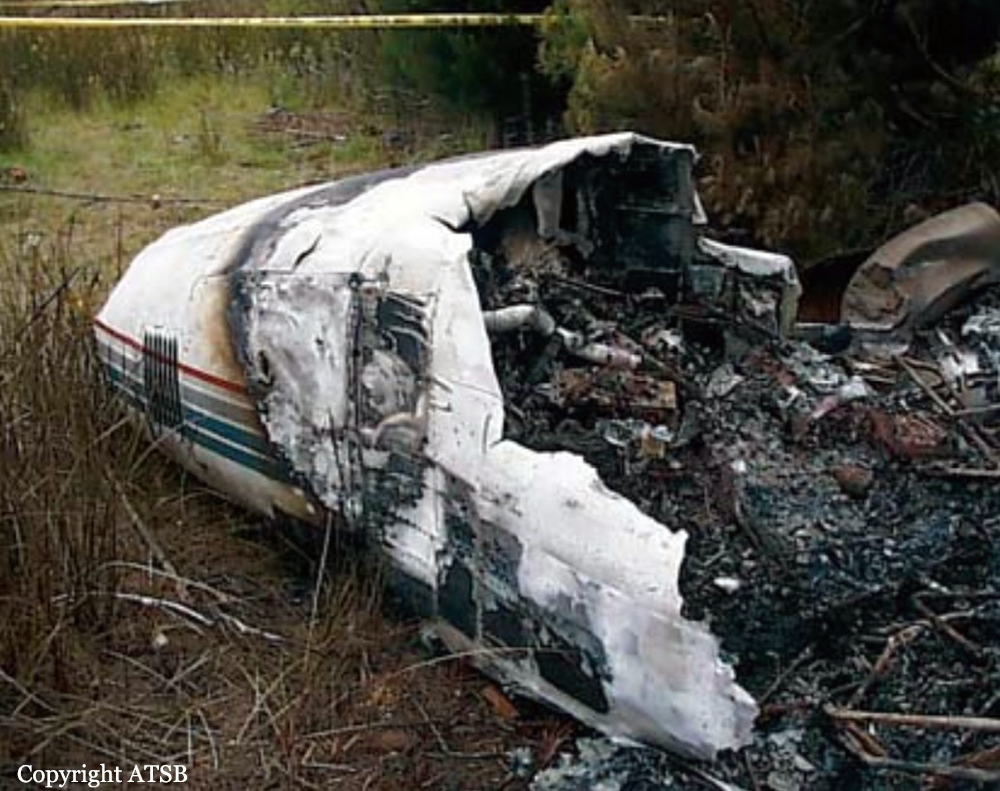
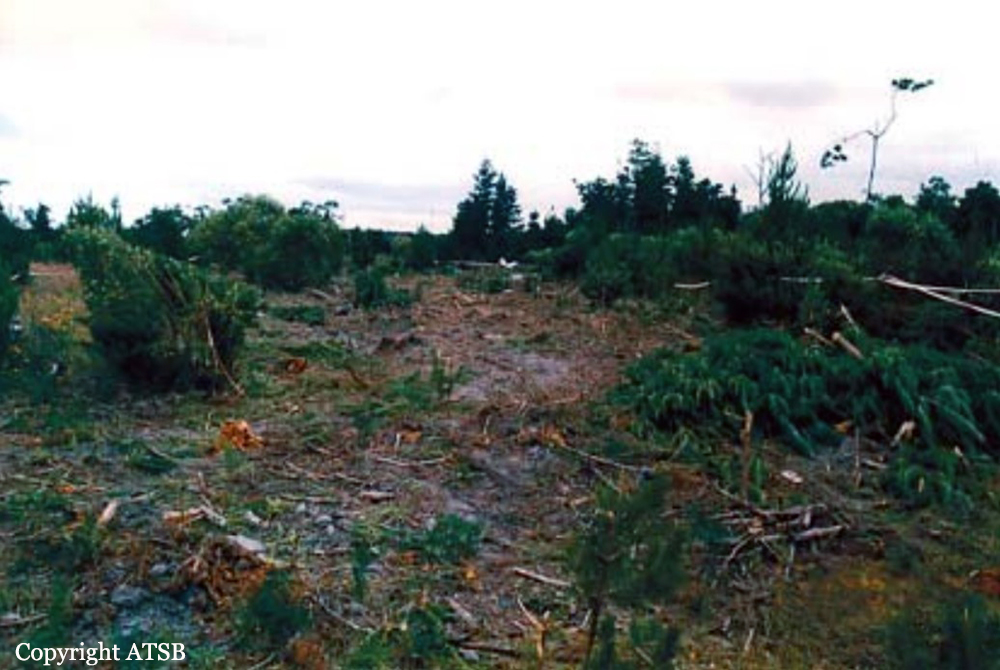
Crash of a Beechcraft 200 Super King Air in Moulins: 4 killed
Date & Time:
Nov 24, 2001 at 1130 LT
Registration:
F-GDLE
Survivors:
No
Schedule:
Clermont-Ferrand - Moulins
MSN:
BB-230
YOM:
1977
Crew on board:
2
Crew fatalities:
Pax on board:
2
Pax fatalities:
Other fatalities:
Total fatalities:
4
Aircraft flight hours:
11355
Circumstances:
The twin engine aircraft departed Moulins-Montbeugny Airport in the morning on a training flight to Clermont-Ferrand, carrying two passengers and two pilots. The goal of the flight was to extend the IFR rating of the pilot in the left seat. Following a stop in Clermont-Ferrand, the crew returned to Moulins. Over Moulins, the crew was cleared by ATC to leave the frequency and reported his intention to perform several manoeuvres in the area of Moulins Airport for a period of 30 minutes. Three touch-and-go were conducted on runway 26 then the crew continued at an altitude of about 2,000 feet when the aircraft became unstable on its roll axis. It nosed down and crashed in a wooded area called 'Bois de Bordes' located 7 km north of the airport, bursting into flames. The aircraft was totally destroyed and all four occupants were killed.
Probable cause:
It was determined that the aircraft struck the ground in a gear and flaps up configuration and that both engines were rotating at the time of impact. The left engine nevertheless provided less power than the right at the very moment of their respective impact. The right engine power lever was in sector beta before impact and no anomalies were reported by the crew before the accident. In conclusion, it is believed that the accident was probably due to a loss of control during an engine failure exercise, without however being able to determine with exactitude the chronology of the actions carried out by the crew.
Final Report:
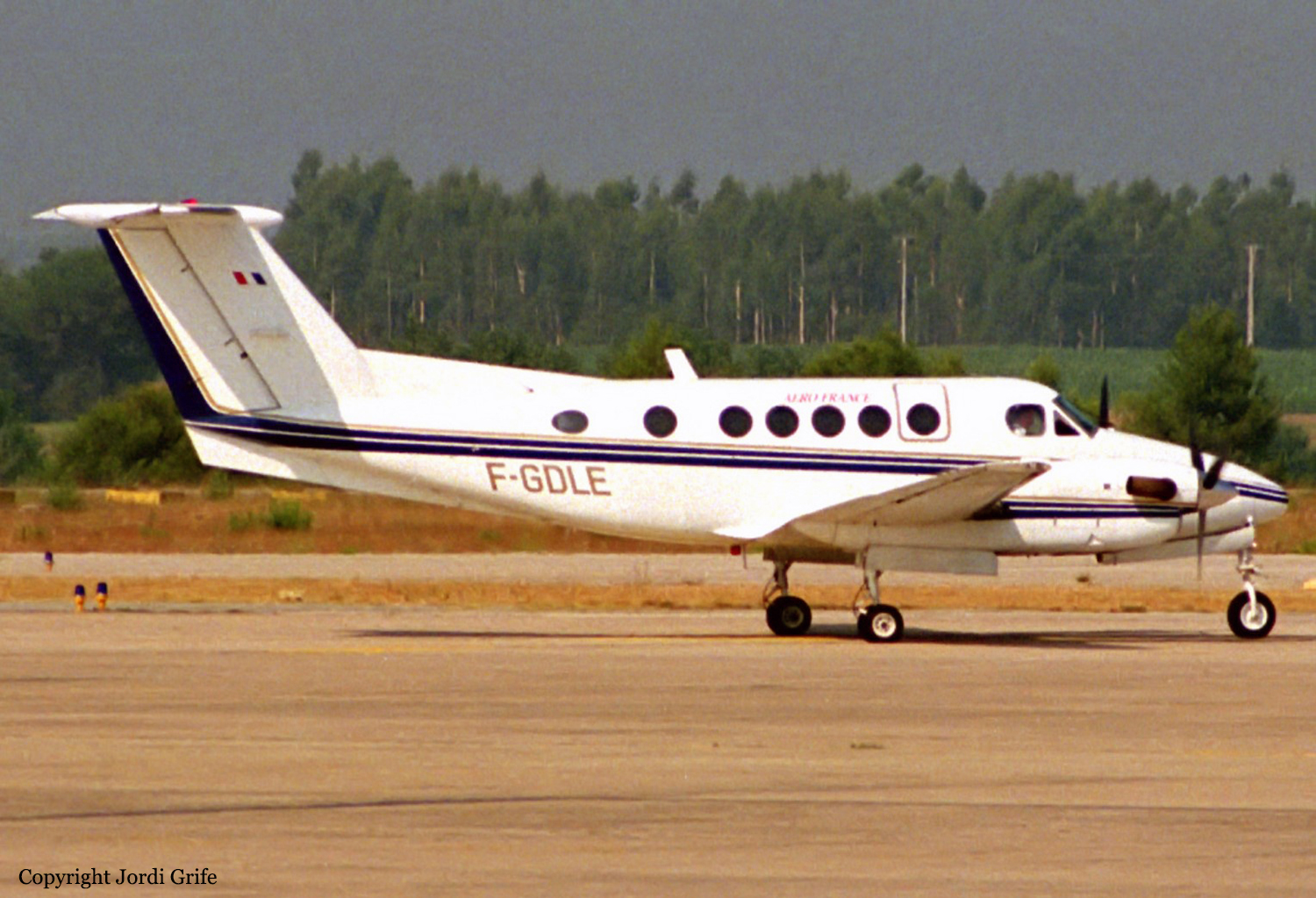
Crash of a Beechcraft B200 Super King Air in Chesterfield
Date & Time:
Oct 25, 2001 at 1538 LT
Registration:
N200RW
Survivors:
Yes
Schedule:
Chesterfield - Osage Beach
MSN:
BB-242
YOM:
1977
Crew on board:
1
Crew fatalities:
Pax on board:
0
Pax fatalities:
Other fatalities:
Total fatalities:
0
Captain / Total hours on type:
13242.00
Aircraft flight hours:
11416
Circumstances:
The Beech 200 was substantially damaged during an aborted landing. The winds were gusting in excess of the airplane's maximum demonstrated crosswind component. A witness reported finding landing gear strut pieces on the runway after the Beech 200's landing attempt. The flight then aborted the landing and continued on to its originating airport where the airplane veered off the runway and damaged airport property during its landing.
Probable cause:
The inadequate planning/decision and the exceeded crosswind component by the pilot. The gusts were a contributing factor.
Final Report:
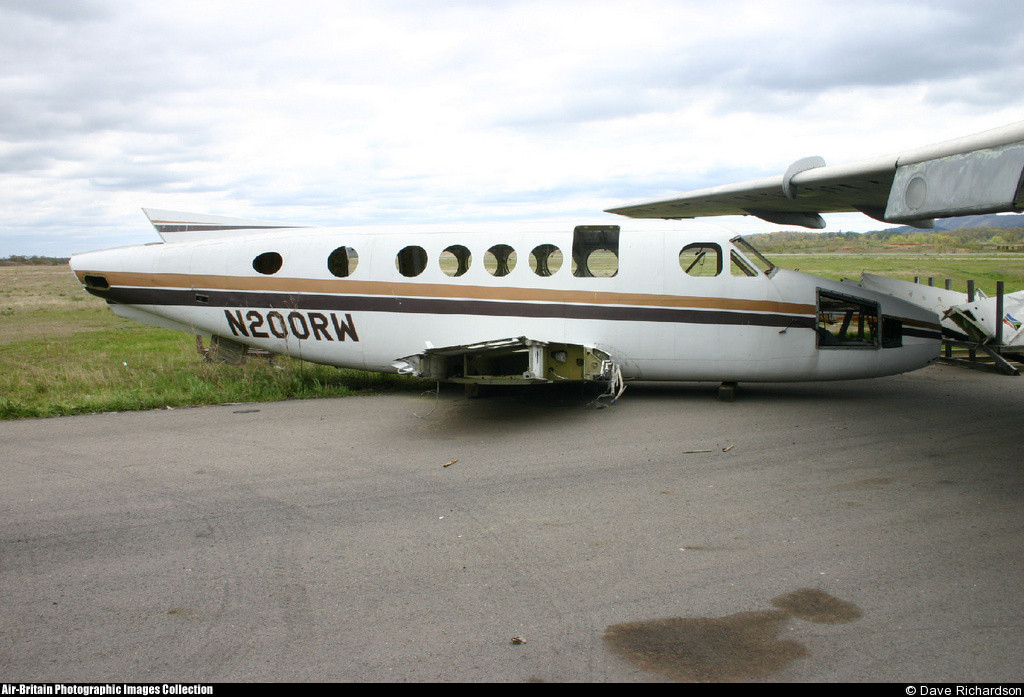
Crash of a Beechcraft B200 Super King Air in Piqua: 1 killed
Date & Time:
Aug 24, 2001 at 0640 LT
Registration:
N18260
Survivors:
No
Schedule:
Dayton – Piqua
MSN:
BB-900
YOM:
1981
Crew on board:
1
Crew fatalities:
Pax on board:
0
Pax fatalities:
Other fatalities:
Total fatalities:
1
Captain / Total hours on type:
2400.00
Aircraft flight hours:
10821
Circumstances:
The airline transport rated pilot was attempting to land under visual flight rules for a scheduled passenger pick-up and subsequent charter flight. The pilot was communicating with a pilot at the airport, who was utilizing a hand held radio. The accident pilot reported he was not able to see the runway lights due to ground fog and continued to circle the airport for about 20 minutes. The pilot on the ground stated the airplane appeared to be about 1,500 feet above the ground when it circled, and then entered a downwind for runway 26. He was not able to hear or see the airplane as it flew away from the airport. He then began to hear the airplane during its final approach. The airplane's engines sounded normal. He then heard a "terrible sound of impact," followed by silence. When he arrived at the accident site, the airplane was fully engulfed in flames. The airplane impacted trees about 80-feet tall, located about 2,000 feet from, and on a 240 degree course to the approach end of runway 26. Several freshly broken tree limbs and trunks, up to 15-inches in diameter, were observed strewn along a debris path, which measured 370 feet. Examination of the wreckage did not reveal any pre-impact malfunctions. The weather reported at an airport about 19 miles south-southeast of the accident site, included a visibility of 1 3/4 miles, in mist, with clear skies and a temperature and dew point of 17 degrees Celsius. Witnesses in the area of the accident site generally described conditions of "thick fog" and a resident who lived across from the accident site stated visibility was "near zero" and he could barely see across the road.
Probable cause:
The pilot's improper decision to attempt a visual landing under instrument meteorological conditions and his failure to maintain adequate altitude/clearance, which resulted in an inflight collision with trees. A factor in this accident was the ground fog.
Final Report:
Crash of a Beechcraft B200 Super King Air in Sandersville
Date & Time:
Aug 9, 2001 at 0948 LT
Registration:
N899RW
Survivors:
Yes
Schedule:
Dublin - Sandersville
MSN:
BB-1637
YOM:
1998
Crew on board:
1
Crew fatalities:
Pax on board:
5
Pax fatalities:
Other fatalities:
Total fatalities:
0
Captain / Total hours on type:
978.00
Aircraft flight hours:
996
Circumstances:
The flight made two instrument approaches to minimums and executed two missed approaches before the crew elected to land about 25 miles south and wait for the low ceiling condition to improve. An hour later, having topped off fuel tanks, confirmed by telephone that destination weather was improving, the flight re-launched to their original destination. They executed a GPS-A, (circling) instrument approach, broke out of instrument conditions about 100 ft. above minimums, (600 feet, agl) and about one mile from the runway, and started a right downwind turn to enter a left base leg for landing runway 30. During the turn to final approach, the crew extended the landing gear and flaps for landing, and according to the copilot, the pilot flew through the extended runway centerline requiring a, " teardrop turn back toward the runway. In the turn the bank angle was about 45 degrees, the descent rate increased rapidly and a faint warning [stall warning] sounded, the nose then pitches down and [the PIC] screams as he shoves both throttles full forward and using both hands pulls the yoke back and as soon as the nose came above the horizon the plane impacted the ground wings were fairly level mains hit first and we paralleled the runway about fifty feet or so to the right of the runway". The impact sheared the landing gear, shed the propellers, broke the engines from their mounts, started a fire in the left engine, and broke open the fuselage 3 feet aft of the cabin pressure bulkhead. The two pilots and three of four passengers received minor injuries, and one passenger received serious injuries. The cockpit voice recorder was shipped to the NTSB Vehicle Recorders Laboratory in Washington, DC. Readout of data recorded from the cockpit area microphone revealed that 6.4 seconds before impact the stall warning sounded, and 4.4 seconds before impact the altitude alerter sounded.
Probable cause:
The pilot-in command's failure to maintain airspeed during the approach, resulting in an inadvertent stall and in-flight collision with the terrain during an uncontrollable descent.
Final Report:








